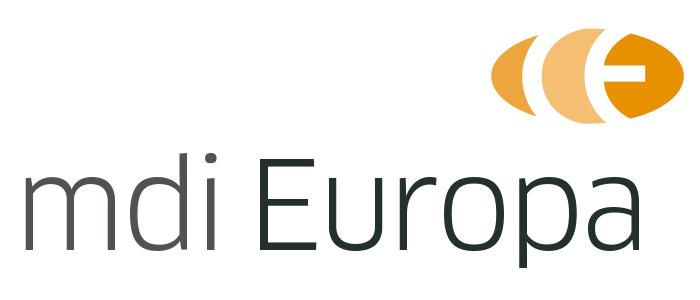The European Council adopted on May 30, 2024 the Commission proposal made in January this year. The next step will be the publication in the Official Journal of the EU (OJEU). The latter marks the date of entry into force, which is now expected to apply in June 2024.
As a reminder, three new steps essential to advancing the implementation of Regulations (EU) 2017/745 and 2017/746 on medical devices and in vitro diagnostic medical devices (MDR and IVDR):
- An additional extension of the transition periods for legacy devices under the IVDR.
- Earlier obligatory implementation of most parts of the Eudamed medical device database.
- A prerequisite for manufacturers to give prior notice before disrupting the supply of certain essential medical devices and IVD medical devices (IVDs).
The new extended transition periods proposed for legacy devices under the Commission’s proposal text are:
| IVD Risk Class under IVDR | Newly proposed extensions of transition periods | Former ends of transition periods as of 25 January 2022 |
|---|---|---|
| Class D | 31 December 2027 | 26 May 2025 |
| Class C | 31 December 2028 | 26 May 2026 |
| Class A and B placed on the market in a sterile condition | 31 December 2029 | 26 May 2027 |
Non-legacy devices, i.e. IVDs which do not have a notified body certification under the former IVD Directive (IVDD) or which were not up-classified due to changed IVDR classification rules, were required to meet the original IVDR compliance deadlines of 26 May 2022.
Despite this extra time, it is vital that companies continue with their preparation.
Despite this extra time, it is vital that companies continue with their preparation. There are deadlines for launching formal application to notified bodies and signing written agreements with these testing bodies, which are created to help keep the manufacturer’s impetus going.
Eudamed
The Commission also proposed a change in approach regarding Eudamed. Currently, an obligatory use of Eudamed only applies, once the database with all its planned modules is fully functional. With the proposal, the Commission is determined to ensure the gradual and compulsory implementation of Eudamed. This will happen as soon as individual modules are ruled functional, without waiting for the full set of six to be ready for a single launch.
Three modules are available for use on a voluntary basis already for the registration of actors, UDI/devices, and notified bodies and their certificates. Modules on market surveillance and vigilance are on schedule and should be operational during the second quarter of 2024. Compulsory use of these five modules will start at the end of 2025/ early 2026 depending on the exact date of publication in the OJEU. Work is ongoing on the clinical investigations and performance studies module which will be introduced later.
Supply of critical devices
According to the amending regulation, medical device and IVD manufacturers are required to provide prior notice about any interruption of supply of certain critical medical devices or IVD medical devices. They must do this six months ahead and provide the warning to relevant authorities, health institutions, healthcare professionals and economic operators to whom they supply the devices. The Commission still needs to clarify how and in which cases manufacturers must notify a disruption.
Source: European Commission
Accompanying this subject we recommend the following content on our website
- Manufacturers must act now to satisfy IVDR
- Update on Regulation (EU) 2023/607 – extended MDR transition period
- MDR extended transition timelines and removal of MDR and IVDR sell-off period adopted
- Registering a legacy device in Eudamed is a good step
- Different options for IVD medical devices until Eudamed becomes fully operational





